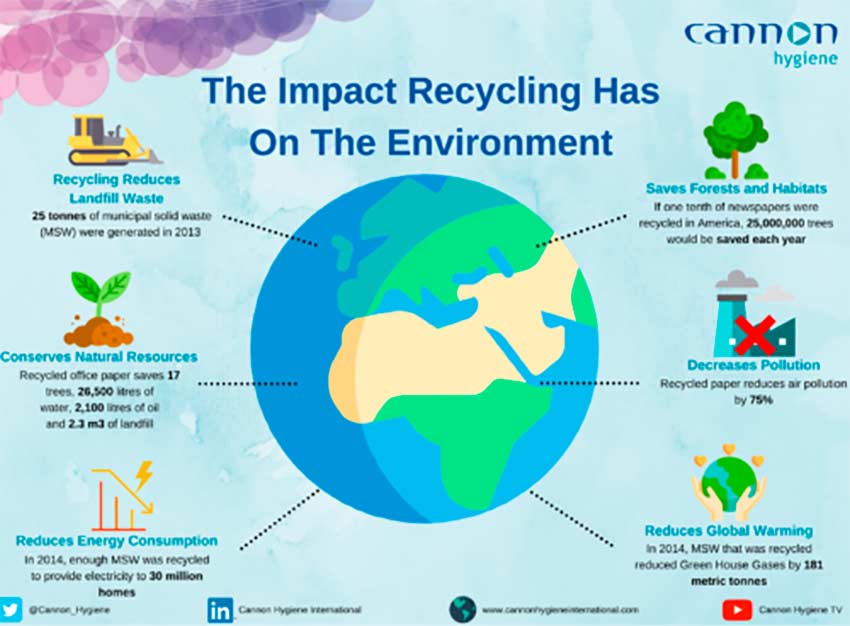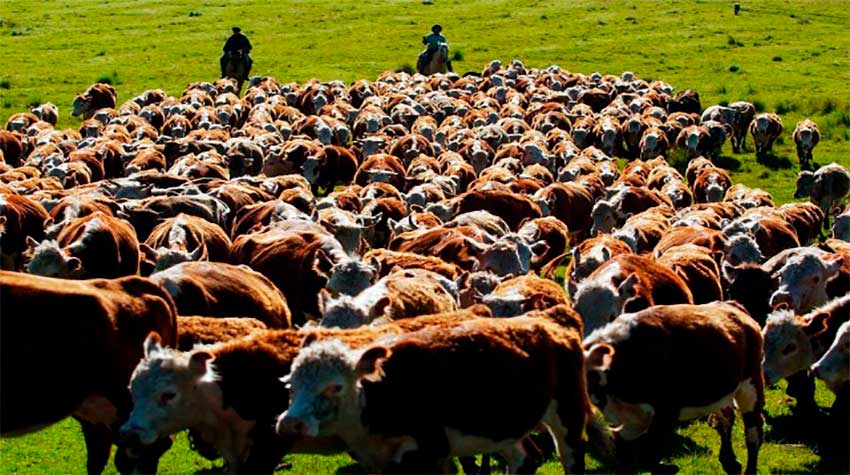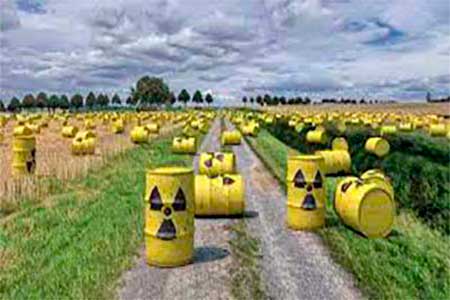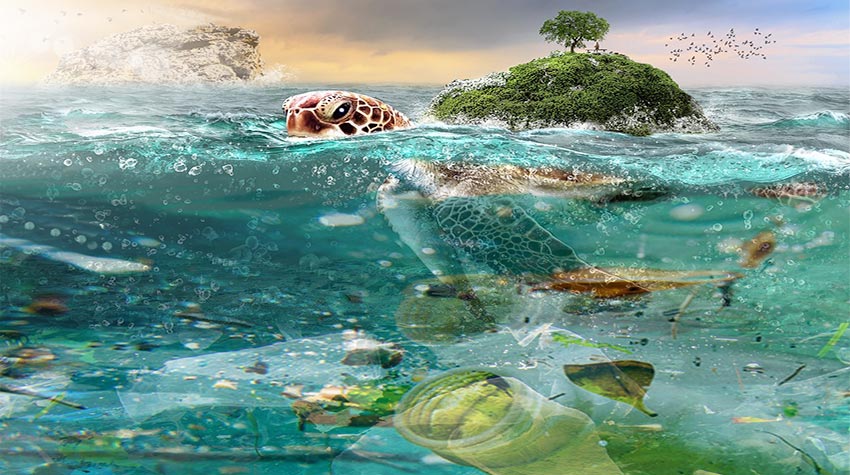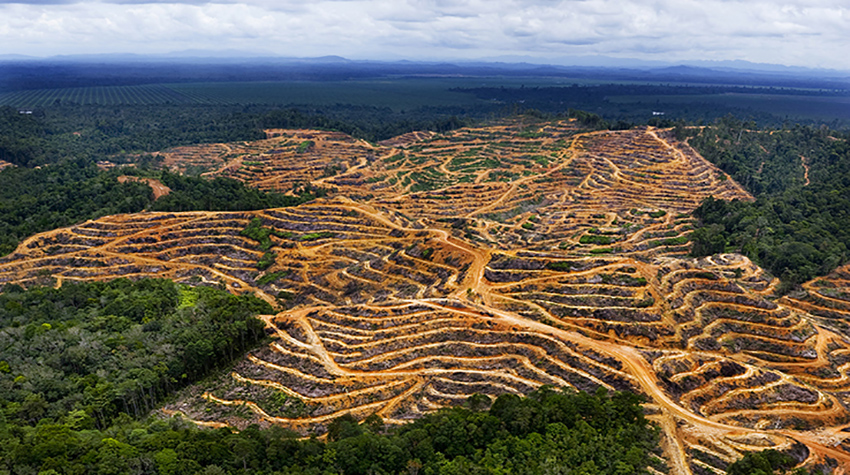FAQs about Biodiversity

5. What are the dangers to marine biodiversity?
The overfishing. Overfishing, or unsustainable fishing, is the excessive fishing carried out by human beings that prevents fish or other marine species from maintaining their population, since the capture of fish goes faster than the reproduction capacity of said species, resulting in one of the great threats to marine biodiversity and in general to the biodiversity of the entire planet.
Pollution of seas and oceans. Millions of tons of plastic are dumped annually into the ocean, which, among other damages, causes the death of thousands of marine species each year. Much of the plastic, due to its slow degradation, remains intact for decades or centuries in the sea. Another part breaks down into microplastics, which, when ingested by fish and other marine animals, enter the global food chain. On the other hand, many cities dump large volumes of fecal material, pathogenic microorganisms, detergents, insoluble gases, all kinds of garbage, debris, glass, microplastics, in addition to plastics, into rivers and seas, which degrade water quality and affect directly or indirectly all the biodiversity of the planet.
Ocean acidification. This means a decrease in the pH (Coefficient indicating the degree of acidity or basicity of an aqueous solution) of the ocean, for decades, caused mainly by the absorption of carbon dioxide (CO2) from the atmosphere, which has been constantly increasing since 1750 , and absorbed by the ocean, causing changes in its carbonate chemistry, known as ocean acidification, resulting in a decrease in the amount of carbonate ions in the water, necessary for the formation of skeletons and shells of certain marine animals, which can affect their development and reproduction, endangering their populations. The species most threatened by this phenomenon are crabs, lobsters, clams, oysters, among others.
Bleaching of the Great Barrier Reef in Australia. Australia’s Great Barrier Reef is the largest reef system in the world, stretching over 2,300 kilometers in length. It is the habitat of some 1,500 species of fish and 4,000 types of mollusks. More than two hundred species of birds visit the reef to sleep, lay their nests and reproduce. Thousands of fish come to the great bar to feed and spawn. So if the Great Barrier Reef were to disappear, it would mean a catastrophe that would affect a large part of the biodiversity of the seas and oceans of the entire world and all of us who feed on marine fauna.
The Great Barrier Reef in Australia, recognized as a UNESCO world heritage site, “suffers massive bleaching due to high sea temperatures, the authority that manages the marine reserve indicated this Friday (03.25.2022),” according to information from DW, on the indicated date.
FAQs about Biodiversity
1. Why is International Day of Biological Diversity celebrated on May 22?
2. What is biodiversity, and which is the most biodiverse country in the world?
3. What are the megadiverse countries of Latin America?
4. What is the Environmental Conservation Monitoring Center?
5. What are the dangers to marine biodiversity?
6. How many species are there in the Amazon and what is the danger they face?
7. What is the importance of biodiversity?
8. How is biodiversity measured?



